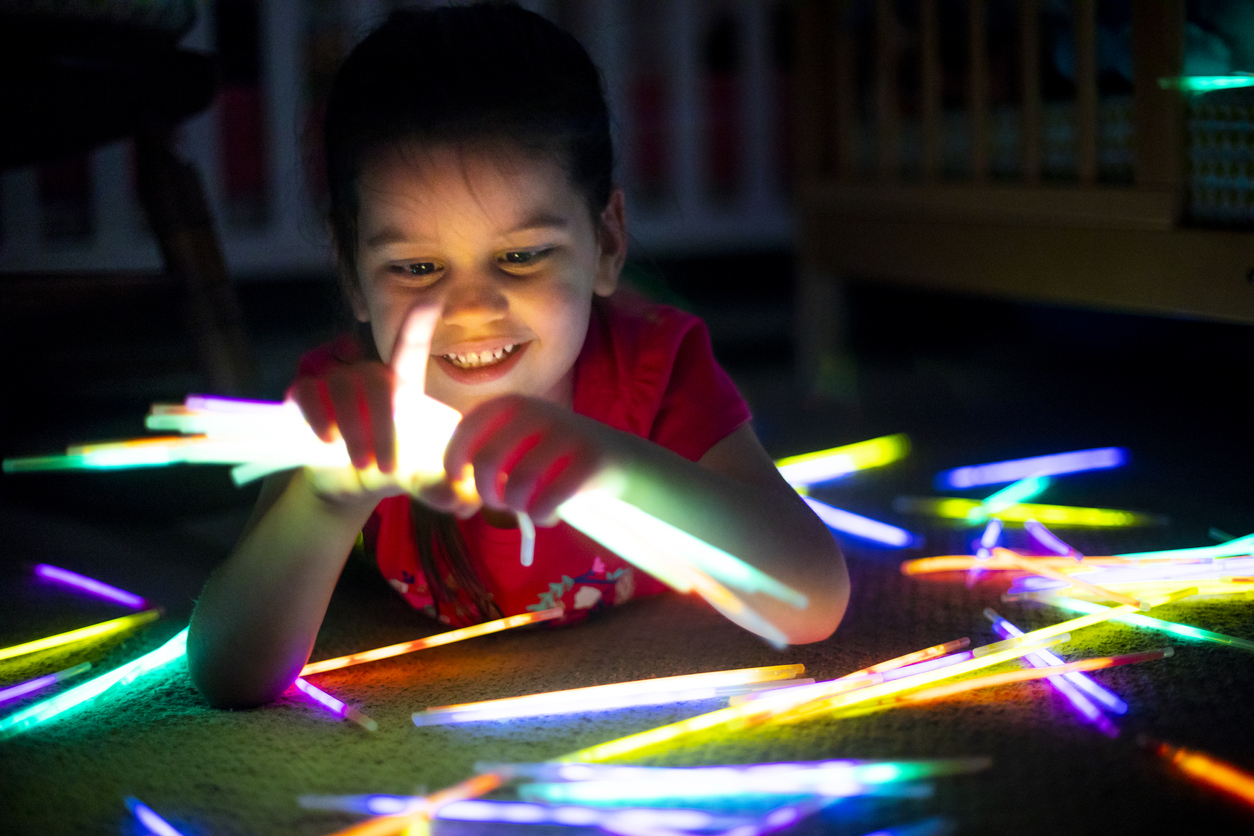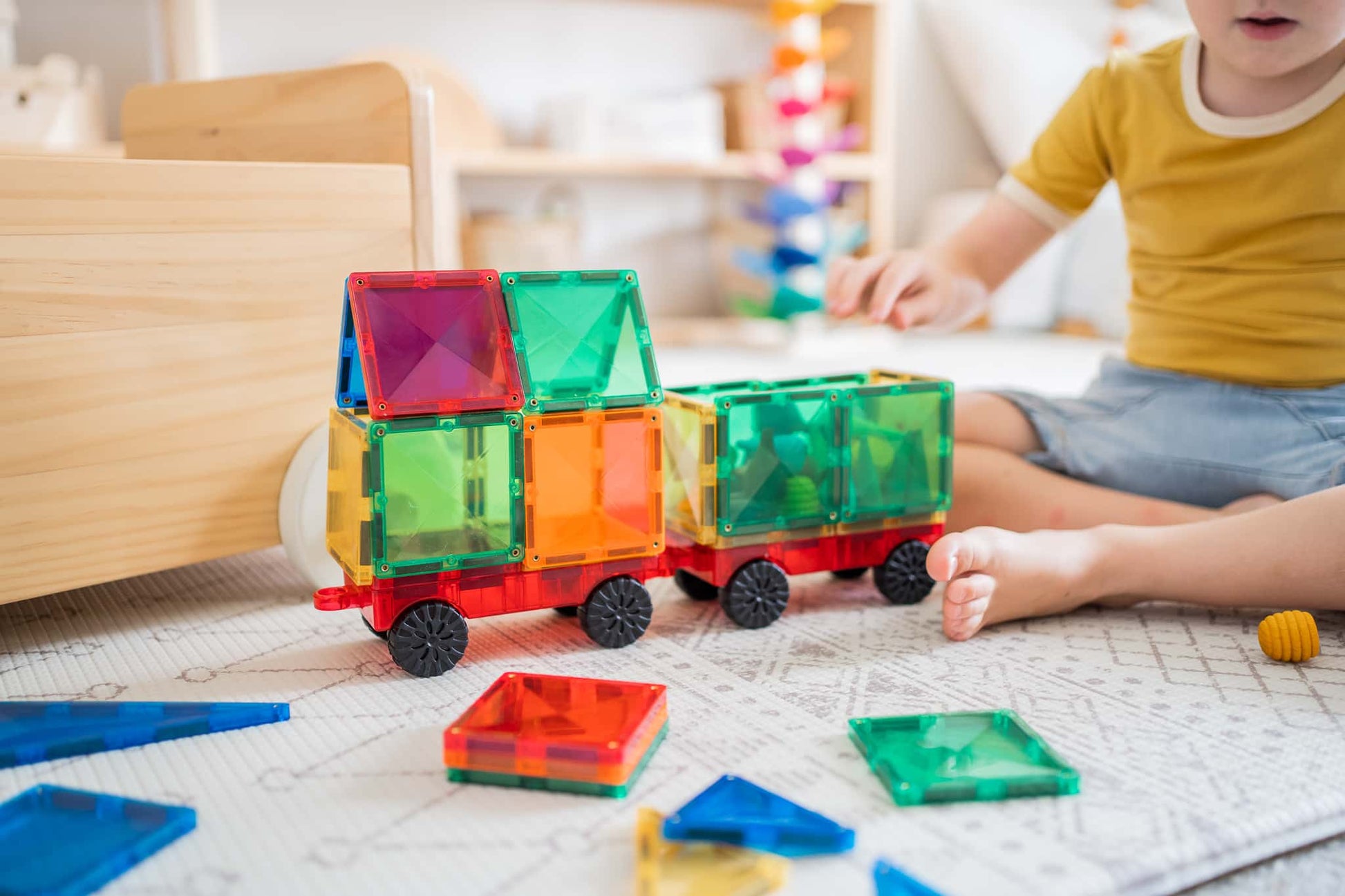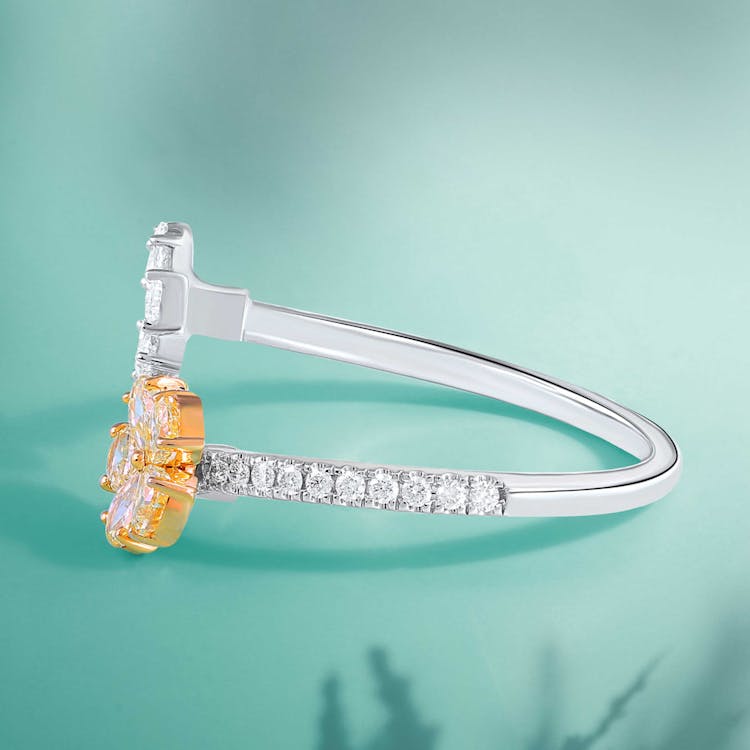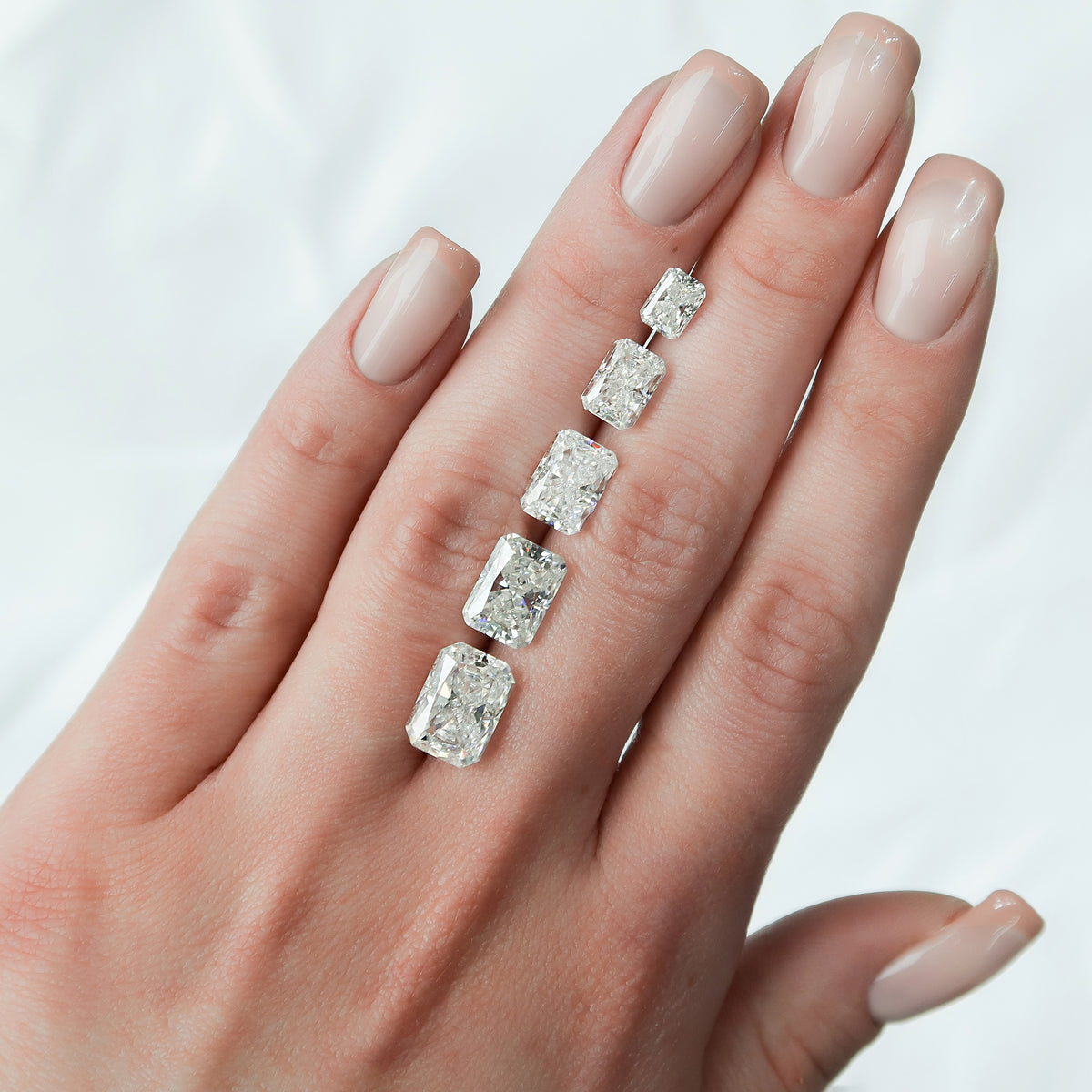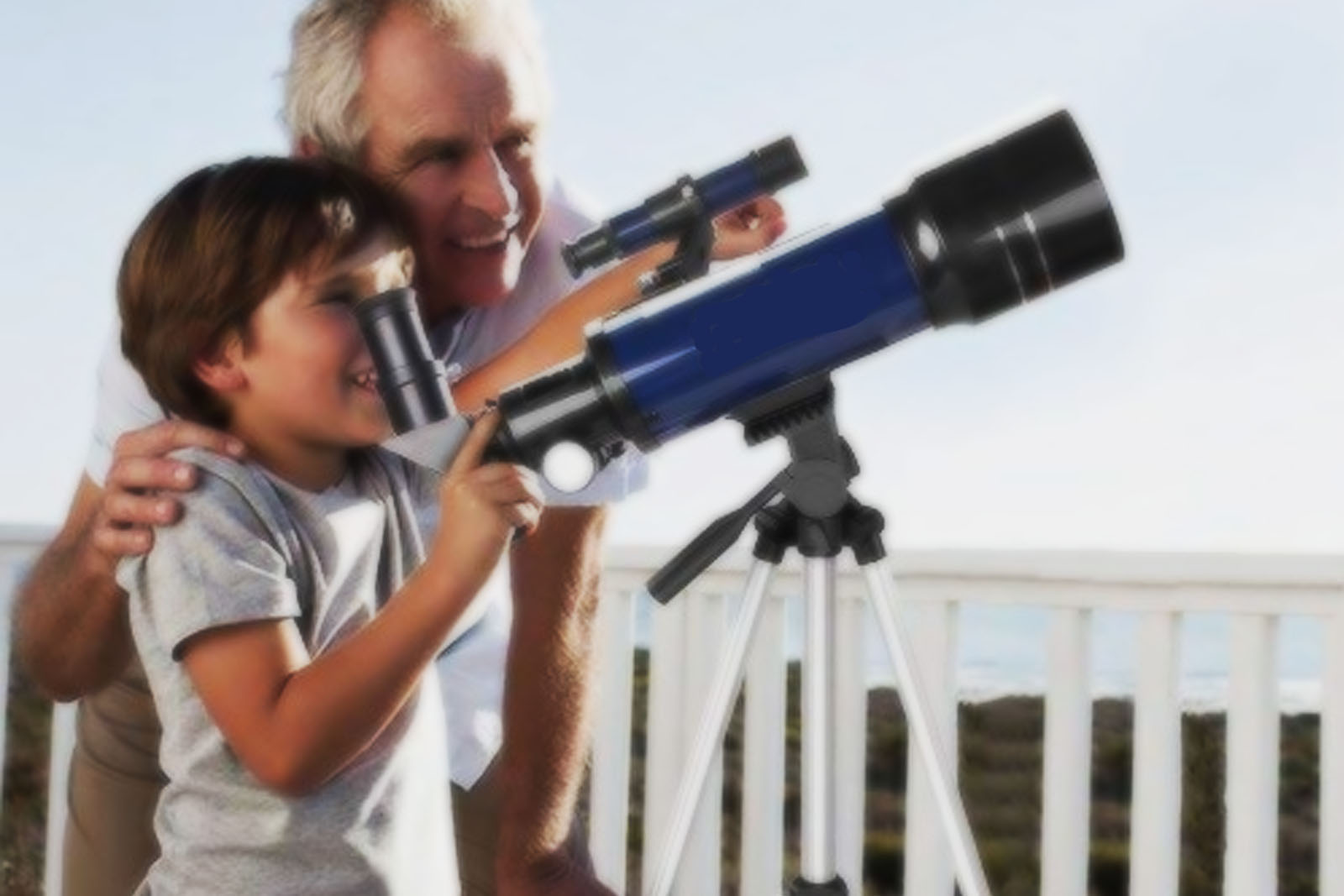
Choosing A Telescope For Your Child
August 24, 2022When choosing a telescope for your child, it is important to balance the toy factor with the ability to see the night sky. There are many types of telescopes, but we recommend one with a larger aperture (the diameter of the lens or mirror) and shorter focal length (this means that the light from objects will be focused more easily).
Telescopes with shorter focal lengths are usually easier for children to use and have more light-gathering power (more magnification). For example, a 50mm refractor would be great for an 8 year old who wants to start learning about astronomy. If you want to go even further with your child’s interest in astronomy, consider getting a pair of binoculars as well as one of these telescopes!
A telescope is a wonderful way to introduce your children to the wonders of the universe. It can be used to explore the moon and stars, or even to look at distant galaxies.
There are many different types of telescopes on the market today, ranging from cheap plastic toy models to more expensive, professional-quality instruments.
Choosing a telescope for your child can be difficult. However, there are some basic considerations that will help you make the right choice:
Age – A young child will not have the patience nor the motor skills required to use any kind of telescope. You should wait until they are at least eight years old before buying them a simple telescope.
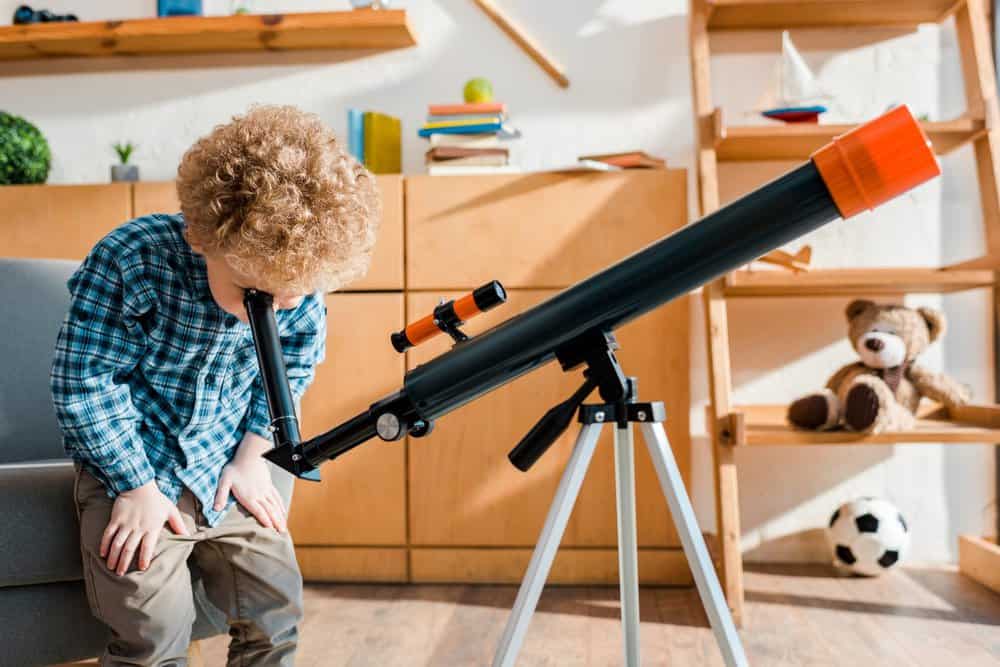
Cost – If money is not an issue then you should buy a decent quality instrument that will last for many years and provide hours of fun and learning (as well as giving you something to do with your kids!). If money is tight then look at some cheaper options such as spotting scopes or binoculars instead (see our article on choosing binoculars).
Size and weight: Telescopes come in many shapes and sizes. If you have small children, it may be better to go with something lighter and more compact so that they can carry it around easily. But if they’re older, they’ll probably be able to handle something larger and heavier. You’ll want something sturdy enough that it won’t fall over in the middle of viewing or get knocked over by accident while walking outside with it.
The aperture (diameter) is also important because it affects how much you’ll be able to see through your telescope. The bigger the aperture, the better image quality you’ll get — but also the more expensive it will be!
The eyepiece: This is the smaller lens at the back end of your telescope. It magnifies whatever you are viewing through your telescope so that you can see it clearly with your eyes or on film.
The objective lens: This is the largest lens at the front end of your telescope. It gathers light from distant objects, such as galaxies and planets, and directs it toward the eyepiece or eye lens where you will see them. You can check Celestron telescopes for more information.







